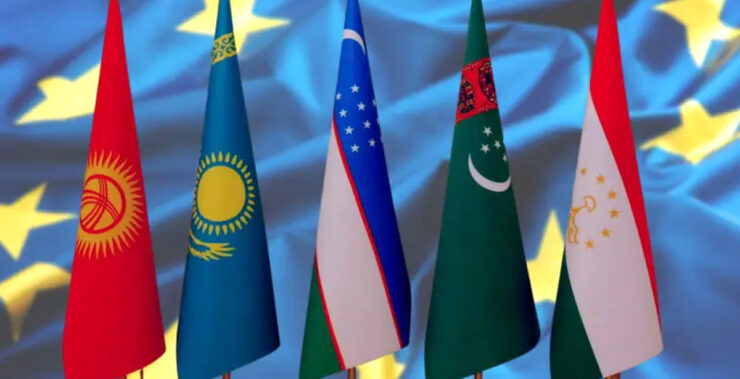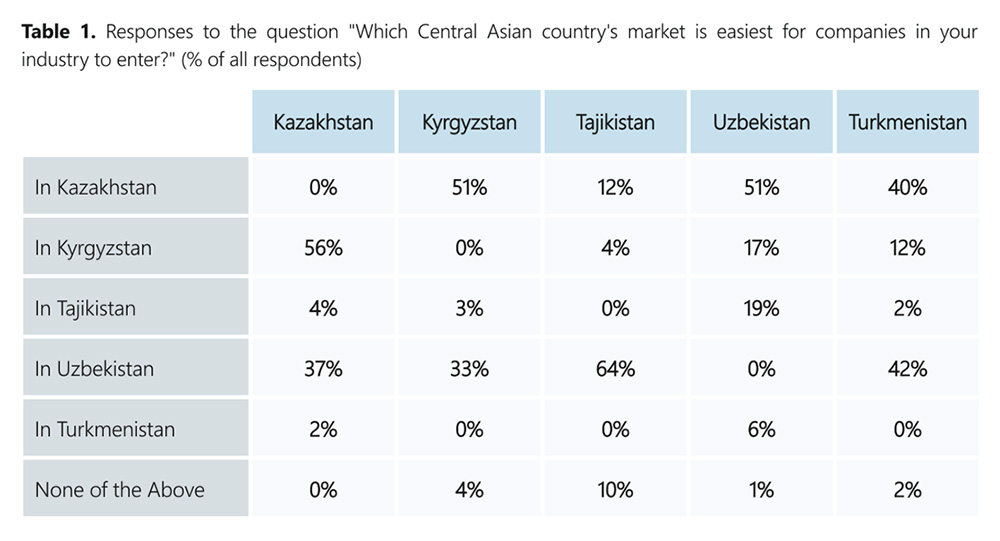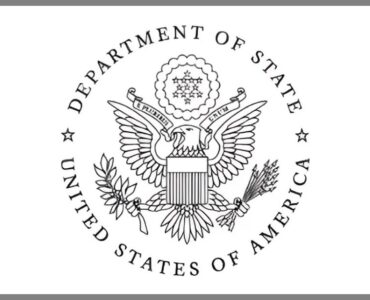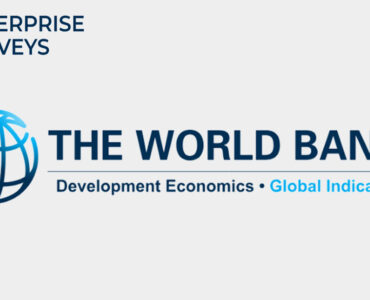The report “Foreign Trade of Central Asian Countries: Trends, Barriers, and Prospects” (2024) by Yuliy Yusupov examines the foreign trade dynamics of Turkmenistan, Kazakhstan, Uzbekistan, Kyrgyzstan, and Tajikistan. It highlights the region’s heavy reliance on exports of hydrocarbons and minerals. Using trade statistics from the International Trade Centre’s Trade Map (2001-2022), the report combines numerical data with expert insights to explore key trade trends, intraregional trade growth and the challenges faced by the region in its trade dynamics.
Turkmenistan’s role in Central Asian Trade
Kazakhstan dominates the region’s exports, making up 72% of total export value from 2001 to 2022, while Turkmenistan accounts for 8.4%. This disparity arises from Kazakhstan’s larger reserves and production of minerals and hydrocarbons. Turkmenistan’s economy heavily relies on raw material exports, especially hydrocarbons, with fossil fuels and minerals constituting 86% of its exports from 2017 to 2022.
Regional Trade within Central Asia
Turkmenistan’s involvement in intra regional trade within Central Asia is modest. From 2017 to 2022, intraregional exports totaled $3.1 billion, just 7.5% of Turkmenistan’s total exports. Imports from neighboring countries were $1.4 billion, or 5.7% of total imports – the lowest in Central Asia. While Turkmenistan exports electricity to Uzbekistan and Kyrgyzstan, restrictive economic policies and infrastructure limitations hinder regional trade integration. Besides natural resources, Turkmenistan also exports fruits, vegetables, plastics, and rubber.
Challenges in Trade Diversification and Competitiveness
Exporting companies highlighted trade and customs regulations, particularly complex border procedures, as major barriers to regional integration. Turkmenistan and Tajikistan present particularly high barriers for foreign firms, and the low capacity of national markets adds to the challenges.
Donate to support Turkmen analysts, researchers and writers to produce factual, constructive and progressive content in their efforts to educate the public of Turkmenistan.
SUPPORT OUR WORKInternal business environment shortcomings also hinder exporters’ access to other countries’ markets. Turkmen entrepreneurs frequently cite restrictive measures in currency and financial regulation. When asked about insufficient information on countries for market entry, 56% of respondents from Kazakhstan identified Turkmenistan as the most information-deficient country.
Barriers to Trade
Corruption, unclear trade agreements, and complex customs procedures hinder trade diversification and foreign direct investment (FDI) in the region. Unlike its Central Asian neighbors, Turkmenistan is not part of regional trade agreements such as the Commonwealth of Independent States Free Trade Area (CIS FTA) and the Customs Union of the Eurasian Economic Union (EAEU). Based on surveys from other Central Asian exporting companies, Turkmenistan is considered one of the most difficult markets to access.
Source: Yuliy Yusupov: Foreign Trade of Central Asian Countries:
Trends, Barriers, and Prospects (2024)
Conclusion
Turkmenistan plays a constrained role in Central Asian trade, heavily relying on hydrocarbons with limited trade diversification. To enhance its economic potential, Turkmenistan needs improved infrastructure, regulatory reform, and greater participation in regional trade agreements. The report emphasizes the need for regional cooperation, export diversification, and reduced dependence on raw materials to achieve long-term economic resilience in Central Asia.







